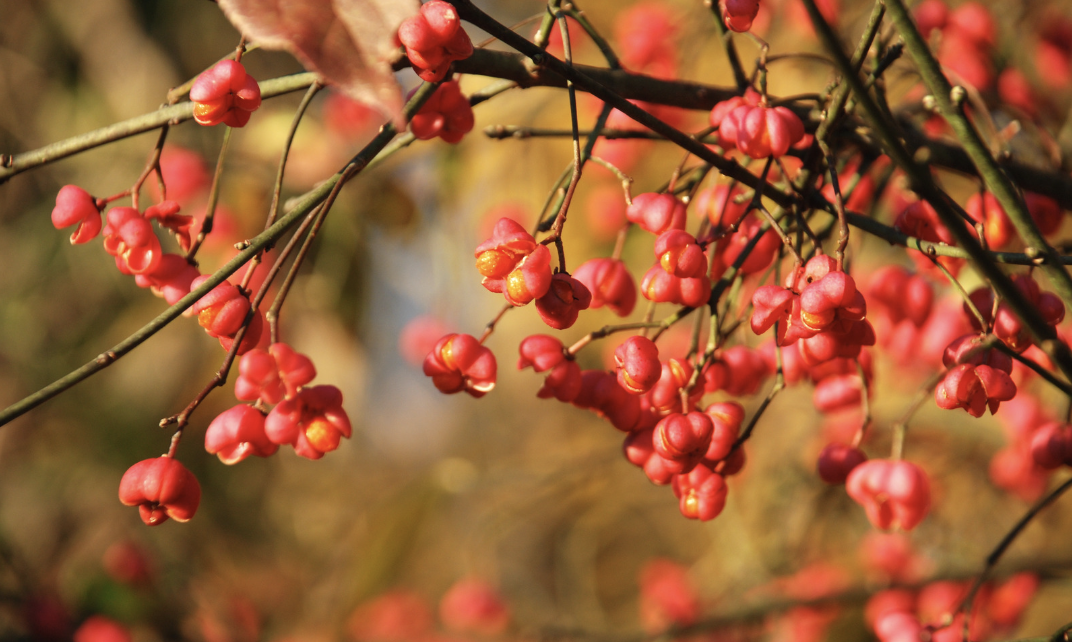As November approaches, it’s time for gardeners across the United States to start preparing for winter. Knowing your USDA grow zone can help you understand what tasks are essential for your garden this month. This guide outlines November gardening chores for all USDA grow zones, ensuring your plants stay healthy and your garden thrives come spring.
Understanding USDA Grow Zones
USDA grow zones classify regions based on their climate, specifically winter temperatures. This classification helps gardeners choose the right plants and determine the best planting and maintenance times. In November, each zone requires different care, so let’s break down the essential tasks for each one.
Zone 4: Preparing for Winter
- Clean and Store Planters:
- Empty, clean, and store planters to keep them dry over winter. We recommend using EcoWorm Potassium Soap for natural cleaning to ensure your containers are free from pests and residues.
- Maintain Rain Barrels:
- If you use rain barrels, empty and turn them over to prevent damage from freezing temperatures.
- Remove Debris:
- Clear fallen leaves, dead plants, and debris from garden beds and walkways to prevent pests and diseases.
- Harvest Frost-Sweetened Crops:
- Continue harvesting cole crops like Brussels sprouts, cabbage, and kale, which become sweeter after frost.
- Mulch Sensitive Plants:
- Protect late-season crops like carrots and beets by tucking them in with a thick layer of straw.
- Wash Tools and Supplies:
- Clean and disinfect gardening tools to prevent the spread of diseases and ensure they’re ready for spring.
- Plant Spring Bulbs:
- You can still plant spring flowering bulbs as long as the ground isn’t frozen.
- Prepare Equipment:
- Oil and store gas-powered equipment, scheduling tune-ups during this slow period for repair shops.
- Oil and store gas-powered equipment, scheduling tune-ups during this slow period for repair shops.
Zone 5: Winter Preparations
- Plant Spring Bulbs:
- Get your spring flowering bulbs in the ground if you haven’t already.
- Protect Your Garden:
- Continue to harvest and cover late-season crops with straw to extend their growing period.
- Remove Debris:
- Clear out any dead plant material and leaves to keep your garden tidy.
- Organic Matter Application:
- Spread manure, rotted straw, and shredded leaves over the garden and plow them under to enrich the soil.
- Inspect Houseplants:
- Check indoor plants for pests that may have come inside during the transition.
- Apply Mulch:
- If your soil is frozen at least an inch thick, start applying a 2-4” layer of protective mulch.
- Order Seed Catalogs:
- Get ready for the spring by ordering seed catalogs for planning in January.
Zone 6: Fall Clean-Up
- Spring Bulb Planting:
- Make sure your new spring flowering bulbs are planted by the end of the month.
- Garden Maintenance:
- Empty and store planters and rain barrels, reconnecting downspouts to manage snowmelt and winter rain.
- Remove Debris:
- Clear fallen leaves and dead plants from garden beds.
- Frost-Sweetened Crops:
- Continue harvesting cole crops and consider using cold frames to protect them from harsh conditions.
- Soil Enrichment:
- Spread organic materials like rotted straw over your garden to enhance soil fertility. Alternatively, apply Ecoworm Soil Extract to your soil for regeneration.
- Mulching:
- Apply a protective mulch layer as temperatures drop.
- Clean Tools and Supplies:
- Wash and disinfect your gardening tools and supplies using EcoWorm Potassium Soap for effective, natural cleaning.
Zone 7: Transitioning to Winter
- Last Chance for Bulbs:
- Finish planting any remaining spring flowering bulbs.
- Winterizing the Garden:
- Continue to harvest crops and cover them with straw to protect against freezing temperatures.
- Remove Debris:
- Clear out any debris from your garden to keep it healthy.
- Organic Matter:
- Incorporate organic matter into the soil for improved structure and fertility. Feed your soil with Ecoworm Soil Extract.
- Mulching:
- Start applying mulch if the ground is frozen.
- Prepare for the Cold:
- Be ready with blankets or covers for any half-hardy crops during the first hard freeze.
- Inspect Tools and Supplies:
- Clean and store gardening tools properly, using EcoWorm Potassium Soap to ensure they are free from residues.
Zone 8: Final Harvests
- Complete Bulb Planting:
- Ensure all spring flowering bulbs are in the ground.
- Fall Clean-Up:
- Empty and clean your planters, and store them away for the winter.
- Remove Debris:
- Clear fallen leaves and dead plants from your garden beds.
- Frost-Sweetened Harvests:
- Continue harvesting cole crops and protect late-season vegetables with straw.
- Soil Care:
- Spread organic matter over your garden to enrich the soil.
- Pest Inspection:
- Keep an eye on houseplants for any pests as you bring them indoors.
- Clean Tools and Supplies:
- Make sure your gardening tools are clean and ready for storage, utilizing EcoWorm Potassium Soap for natural cleaning.
Zone 9: Fall Planting
- Cool-Season Plants:
- Create displays of fall colors with cool-season plants like pansies and snapdragons.
- Herb Planting:
- Continue planting herbs that thrive in cooler weather, such as cilantro and parsley.
- Crop Maintenance:
- Plant cool-season crops like beets and broccoli and continue harvesting as needed.
- Remove Debris:
- Clear out any dead plants or debris to keep your garden tidy.
- Perennial Care:
- Divide and replant overgrown perennials and bulbs for better growth next year.
Zone 10: Final Touches
- Cool-Season Displays:
- Use cool-season plants to add fall colors to your landscape.
- Herb and Crop Planting:
- Continue to plant herbs and a variety of cool-season crops like broccoli and strawberries.
- Water Management:
- Turn off irrigation systems and only water as needed.
- Pest Management:
- Watch for pests like hornworms and treat infested plants promptly. Use Ecoworm Potassium Soap.
- Clean Tools and Supplies:
- Ensure your tools are clean and stored properly for the winter months, using EcoWorm Potassium Soap for effective natural cleaning.
Conclusion
By understanding the specific tasks required for your USDA grow zone, you can effectively prepare your garden for winter. This November, focus on cleaning, protecting, and enriching your garden space. Remember, consistent care and attention to your plants will yield a thriving garden come spring! For natural cleaning, don’t forget to use EcoWorm Potassium Soap—your go-to solution for a healthy, sustainable garden! Happy gardening!


Comments are closed